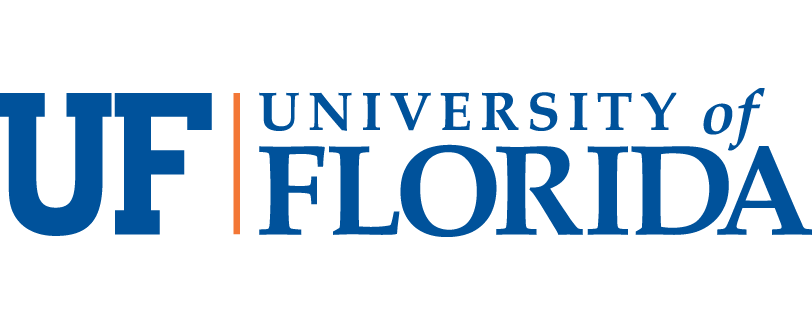| Title | Uncertainty analysis of the two-microphone method |
| Publication Type | Journal Article |
| Year of Publication | 2007 |
| Authors | Schultz, T., M. Sheplak, and L. Cattafesta |
| Journal | J. Sound Vib. |
| Volume | 304 |
| Pagination | 91-109 |
| Date Published | JUL |
| Abstract | Accurate duct acoustic propagation models are required to characterize and subsequently reduce aircraft engine noise. The boundary conditions for these models ultimately rely on accurate measurements of the acoustic impedance for candidate nacelle liners. The standard two-microphone method is widely used to estimate acoustic impedance but does not provide uncertainty estimates that are essential for data quality assessment and model validation. A systematic framework is presented in this paper to propagate the experimental 95% confidence interval uncertainty estimates in the measured quantities to the calculated acoustic impedance data using the two-microphone method for small and large input uncertainties. One method is an analytical, small-perturbation technique using multivariate statistics. This method provides useful analytical scaling information. A second Monte Carlo method is utilized to validate the analytical multivariate method. Both methods are applied to the two-microphone method for simulated data representative of sound-hard and sound-soft acoustic materials. The results indicate that for realistic experimental parameters, the uncertainty in the input measurements results in nonlinear perturbations. Therefore, the small-perturbation technique fails and the Monte Carlo method should be used to obtain uncertainty estimates. Furthermore, the nonlinear perturbations also distort the output statistical distributions of the calculated acoustic impedance and reflection coefficient, which results in significant deviation from Gaussian behavior. The distortion is a function of the acoustic impedance of the specimen itself. Finally, the Monte Carlo method is applied to experimental data for a ceramic tubular specimen and compared to the multivariate results to demonstrate the implementation and usefulness of the technique. |
| URL | http://dx.doi.org/10.1016/j.jsv.2007.02.015 |
| DOI | 10.1016/j.jsv.2007.02.015 |

